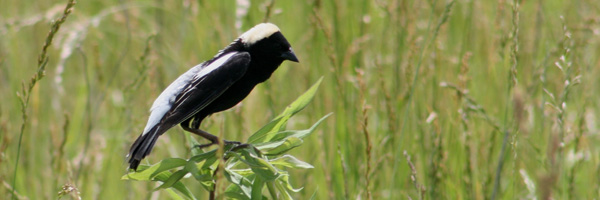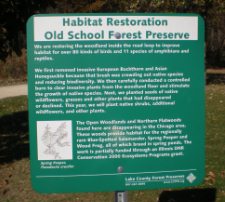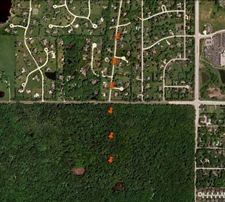
ECOLOGY & CONSERVATION BIOLOGY
IN THE MILLER LAB

ECOLOGY & CONSERVATION BIOLOGY
IN THE MILLER LAB
Contact: Sarah Cleeton, Jim Miller


The spread of several invasive plants such as European buckthorn (Rhamnus cathartica) and Amur honeysuckle (Lonicera maacki), is quite extensive throughout the oak woodlands of the Midwest. While invasive vegetation is commonly viewed as undesirable because it can decimate populations of native flora and change ecosystem processes, the effects of these invasive species on native avifauna remain largely unknown. To address this issue, our research is assessing the effects of habitat restoration (mainly in the form of invasive shrub removal), on woodland songbirds in the Chicago area. We are comparing avian community structure between degraded, restored, and reference forest preserves in an urban environment. Bird surveys are being conducted three times during the breeding seasons of 2010 and 2011 in 47 woodland plots across Cook, DuPage, Lake, and McHenry counties in northeastern Illinois. In addition, we are examining ways in which the nature of the surrounding landscape influences these avian communities.
Another aspect of our study is looking at how avian community structure changes with distance both into a forest preserve and into a developed suburban area in order to determine if either a “forest-distance effect” or a “suburban-distance effect” exists. We are using avian point counts, vegetation sampling, and GIS to obtain our data. Overall, this research will have implications for urban avian ecology and conservation, and add to our understanding of the ways that management practices can influence avian responses to landscape context and local vegetation structure in metropolitan environments.
Funding: Illinois Ornithological Society; Downers Grove Garden Club; College of Agricultural, Consumer and Environmental Sciences (University of Illinois)